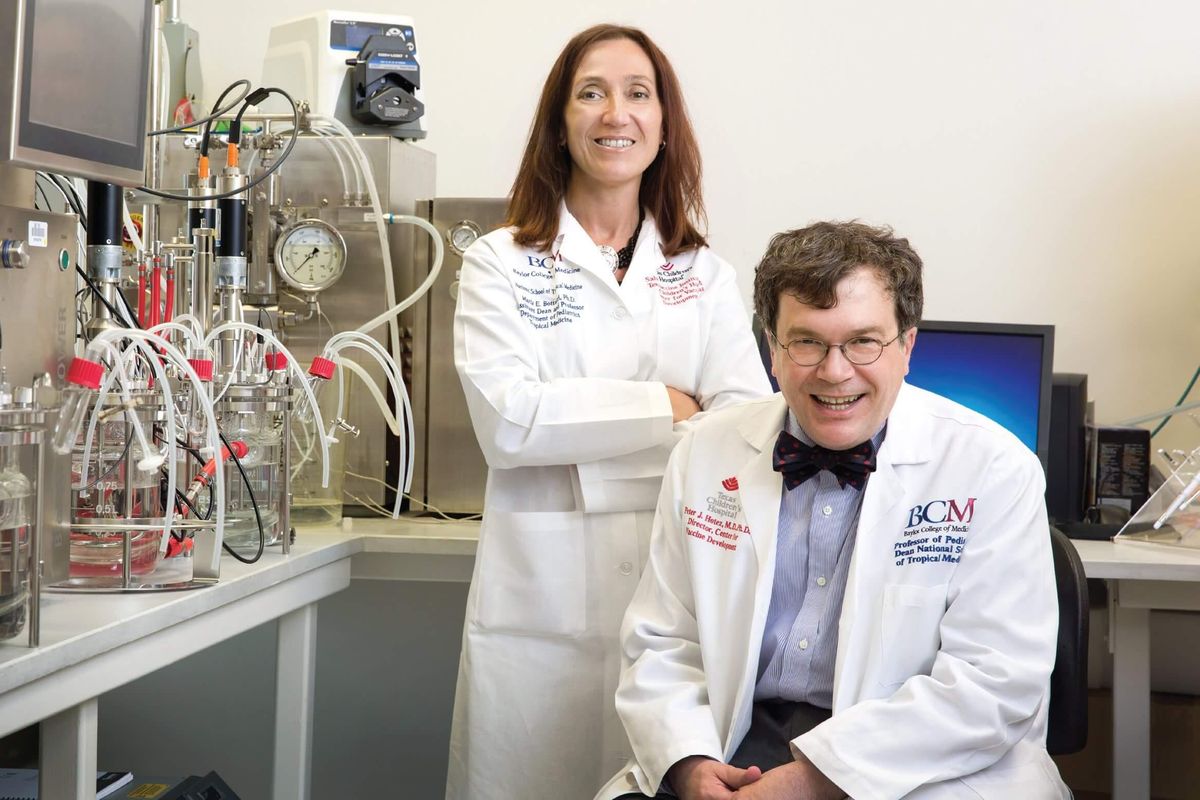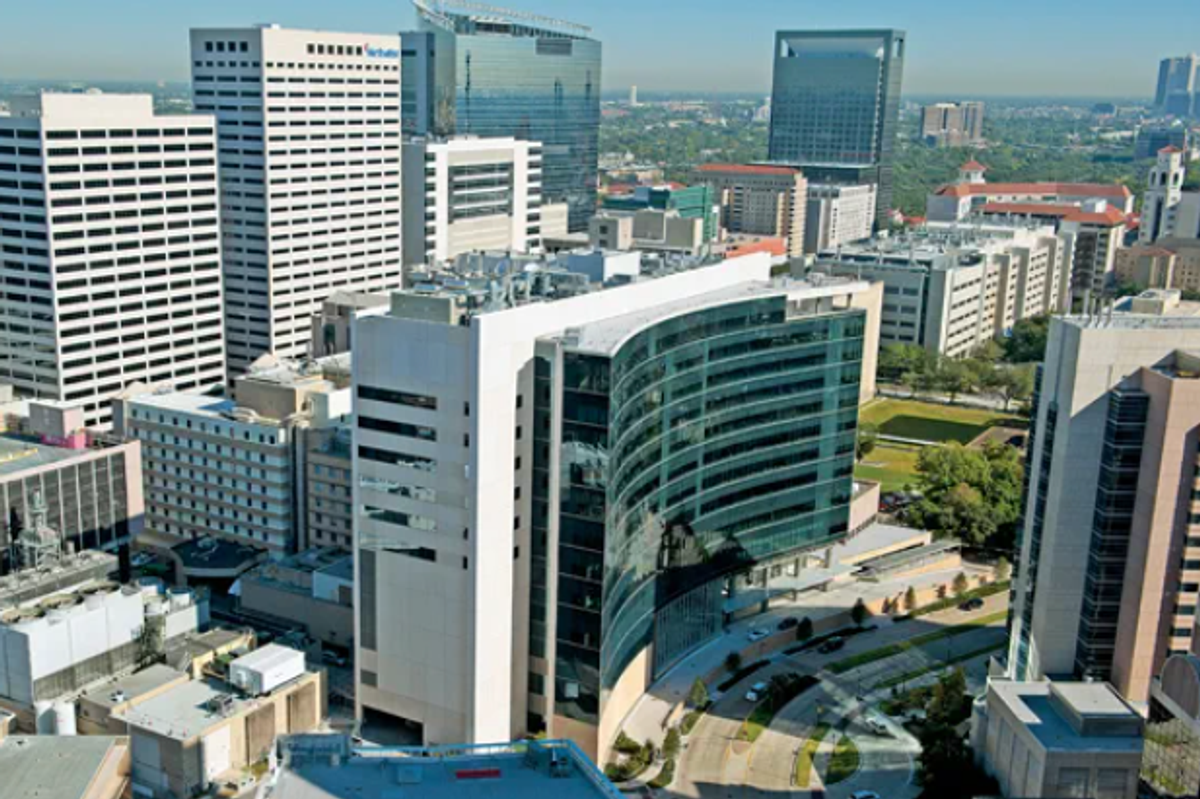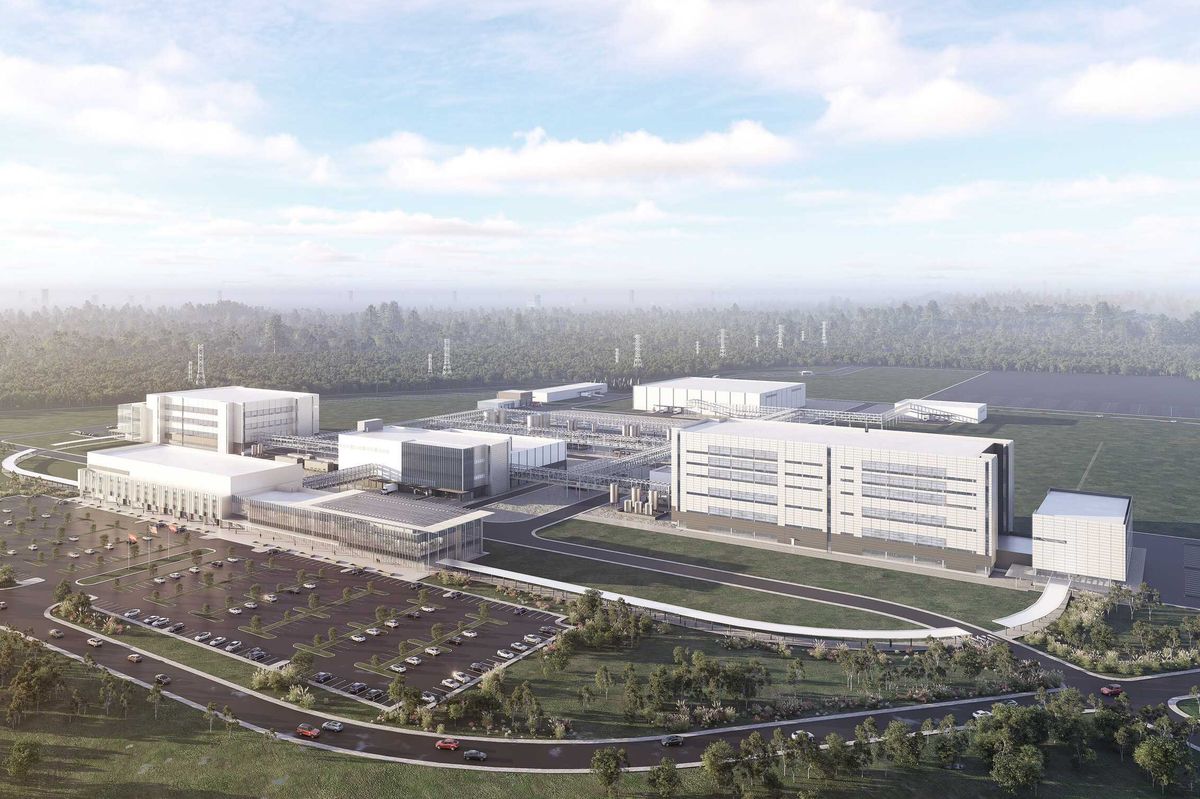How Houston startups, small businesses can prep for storm interference
guest column
Disasters, emergencies, and pandemics can cause monumental disruptions for businesses.
So, as we enter hurricane season, now is the time to think about how to protect your business and your customers. The 2022 Atlantic hurricane season was among the most damaging in modern history, producing 14 named storms, including 8 hurricanes.
Regardless of whether your business is in the path of devastating hurricanes, tornados, or flash flooding - connectivity is critical.
Below are tips to help your business, employees and customers stay connected.
Set up a call-forwarding service to a predetermined backup location
Set up a single or multiple hotline number(s) for employees, employees’ families, customers, and vendors to call so that all parties know about the business situation and emergency plan.
Protect hardware/software/data records/employee records, etc.
Routinely back up files to an off-site location. Cloud services can remove the burden of offsite data storage and ensure faster recovery from temporary or remote locations.
Stay Connected with Your Team
Save smartphone’s battery life. In case of a power outage, encourage your employees to keep their phones in power-save mode, turn off Bluetooth and Wi-Fi, delete apps, or put the phone in Airplane Mode.
Keep mobile devices charged. Have another way to charge smartphones if the power goes out. A car charger or back-up battery pack can come in handy.
Keep mobile devices dry. Mobile phones can be a critical lifeline during a storm. To protect yours, store it in a water-resistant case, floating waterproof case, or plastic bag.
Outline detailed plans for evacuation and shelter-in-place plans
Establish a backup location for your business and a safe meeting place for all employees.
Create a remote access plan
Equip business-critical staff with remote work access in advance, so they can access applications and databases from remote locations, when connectivity is restored.
Assemble a crisis-management team
Coordinate efforts with neighboring businesses and building management
AT&T has also created a planning guide to help businesses navigate protecting critical assets, processes and services, with checklists for short and long-term preparations. For example, negotiating vendor contracts and/or lease agreements necessary to acquire equipment and services in the event of a significant disruption or disaster.
The cost of developing a business continuity plan and groundwork to support it is minimal compared to the financial impact once disaster strikes.
AT&T has invested billions to strengthen the resiliency of our network to ensure our business customers keep operating during disruptions when consumer needs and demand are at an all-time high. We back up equipment at cell sites and invest in infrastructure to boost reliability, coverage, speed, and performance.
Our goal is to keep you connected to critical processes, applications, data, work centers, and networks during major emergency events, so your business continues to run.
The 2023 hurricane season will officially begin on June 1 and it only takes one big storm to cause major destruction. Take the time to ensure your business is disruption ready.
Afterall, planning is best done in advance.
------
Mark Spelman is director of sales at AT&T Business – Houston.




















